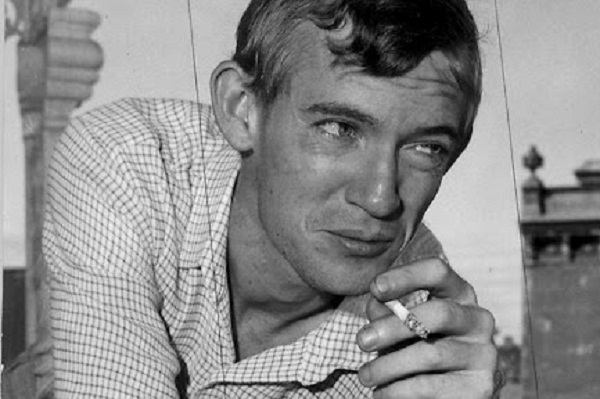The real shock of the new came in 1991. It was sobering, and it was reverent, which aren’t exactly the first words one would associate with The Shock of the New art critic Robert Hughes. No wonder it went largely unacknowledged when he passed away last month.
While Hughes’ seminal art history series continues to re-run on BBC4, it’s not without irony that one recalls that in ’91, 11 years after it originally aired, Hughes panned the whole concept of the art documentary.
Admittedly, he’d always been slightly sceptical. He opened the first edition of his book (originally a mere spin-off of the series; ultimately, as Hughes himself said, something that far outlived it) with the confession that television can be no substitute for the true experience of art. ‘No matter’, he said. A reader is used to the printed page, and could soon become acclimatized to viewing art in 2D as more art documentaries were aired. Hughes’, of course, were among the first of their kind. He praised the screen for its ability to communicate enthusiasm, something he clearly thought compensated for its shortcomings.
But by 1991 the novelty of the art doc had clearly worn off. As with so much of the modern art he detested, the shock factor becomes boring when it lacks depth.
In that year a new edition of his book The Shock of the New was issued, bearing a fresh introductory note. With visible sadness, Hughes revealed that his earlier enthusiasm for television had waned, even by comparison to print:
‘By stressing the iconic content of art, by forcing images meant to be slowly contemplated into merely narrative frames, and thus imposing the fast time of TV on the slow time of painting and sculpture; by eliminating surface, texture, detail, and authentic colour, by working against the resistant physical presence and scale of the work of art, and above all by the brief attention-span it encourages, TV – even in the hands of the most sympathetic director – cannot construct a satisfactory parallel to the experience of the static artwork. This would not matter in a culture that did not confuse TV with reality. Unfortunately, America does.’
Critics had spent five hundred odd years bemoaning the inadequacy of the written description of art compared to the actual experience of art. Hughes’ big achievement was to prove that anxiety misplaced, relative, at least, to the new one.
His writing is definitely not a replacement for that experience, but without doubt provides a supplement to that experience, which is no humble achievement.
Something new, now, would be to do for today’s documentary what Hughes did well in 1980, but even better in the literature that it inspired.






Comments